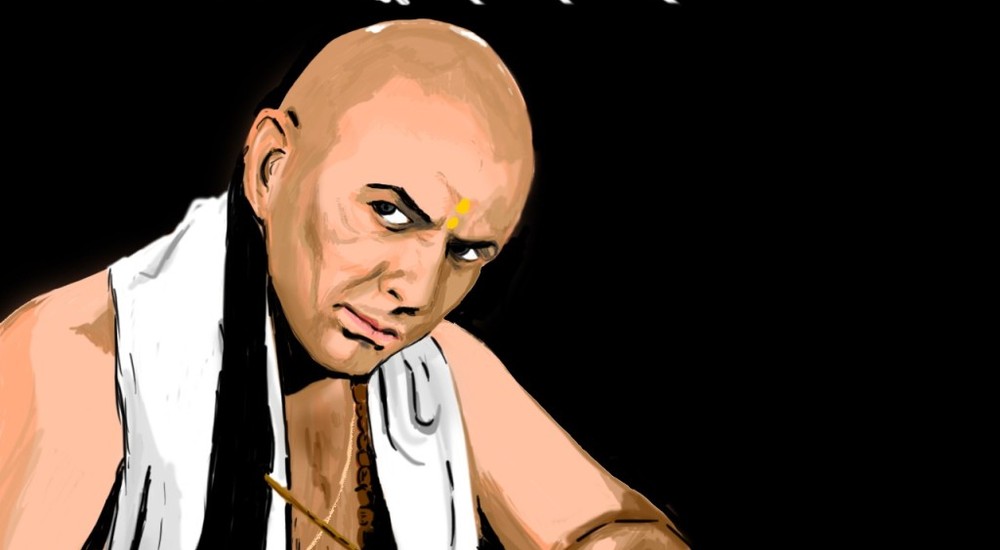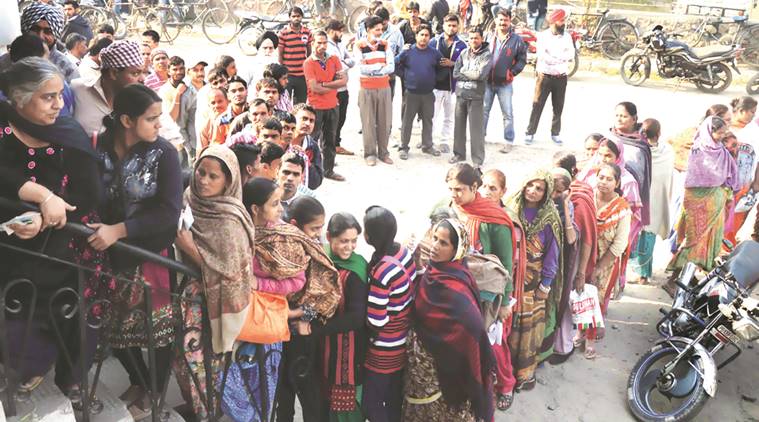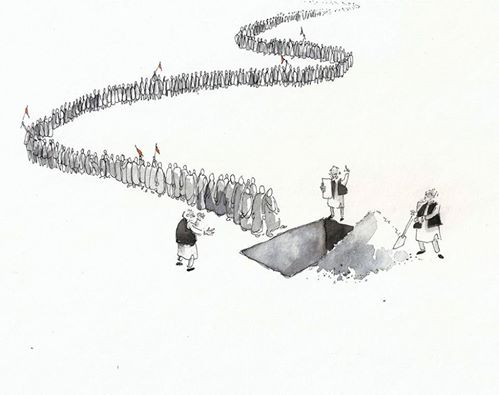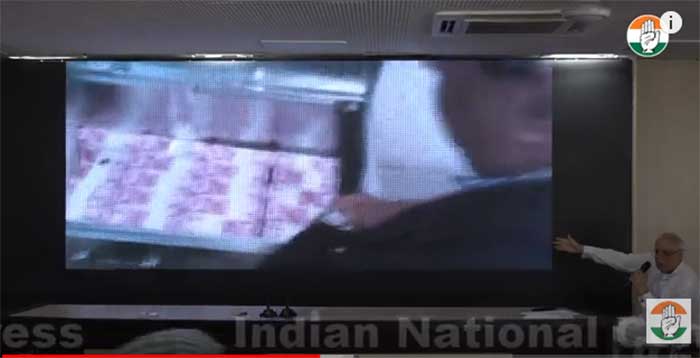
Much later, historians in the 22nd Century would call it a ‘close shave’ for Indian democracy and a ‘hair razing’ experience for millions of citizens. And yet, when it happened real-time -everyone was simply lost for words.
The year was 2018 and in an emotional address on primetime TV, the Indian Prime Minister Narendra Modi had exhorted his countrymen to part with all their hair to ‘Save the Nation’. There was simply no precedent, in all of world history, for such a ‘barberous’ policy.
Cultivation or possession of black hair by Indian citizens had been made a criminal offence, punishable by up to 7 years in prison. Everyone would have to deposit their dark locks at specially designated centres, that would be open 10 AM to 5 PM on all days (except Tuesdays and national holidays).
The Hair Bank of India (HBI), set up to regulate all hair circulating in the country, explained only black hair from citizens above the age of 16 years would be confiscated by the state. All others could chill and let their hair down– nothing to worry at all (till the next bizarre Message to the Nation). The HBI would not disclose however, how much hair was already in their possession when the policy was declared, citing possible ‘threat to their lives’.
The new rules were in fact announced on 8 November 2018 – exactly two years after Modi’s shocking demonetisation decree – that had plunged the entire Indian economy into crisis, brought business to a halt and thrown millions out of jobs. There was already much misery in the nation, when Modi took to the airwaves.
“Mitron!Brothers and Sisters! We need every patriotic Indian to sacrifice their black hair to strike terrorism at its very roots” he said, not bothering to explain the connection between the first and second part of the sentence. Later one of his ministers explained the two were linked as‘surgical’ skills were required to accomplish both tasks.
The constant use of theatre, along with such dubious logic,had become a trademark Narendra Modi strategy the Indian public was quite familiar with by now. In fact so much so, the method – dubbed ‘Modis Operandi’ – was already being taught in top business schools around the country and even abroad.
Modi bhakts believed this contribution alone entitled their leader to a Nobel Prize – in any field – economics, medicine, physics, peace whatever, as long as it was a real Nobel Prize (like the one given to ‘Barrack’).
Further, according to them, Modi was the greatest thinker India had ever produced since Deen Dayal Upadhyay (DDU). This man DDU, who Modi considered his political mentor,was famous for Earth-shattering wisdom like, “Ask not what your country can do for YOU, Ask what your country can DO to other countries!” or “Give me your blood, sweat and tears and I will give you FREE counselling on character building”.
It was not long before the HBI started issuing a series of amendments to the original order. One clarification said union cabinet ministers, holy men, RSS members above the rank of shakha pramukhs and movie stars were exempted from provisions of the new policy. Subsequently the agency excluded petrol pump owners, Marathi theatre personalities and the children/relatives of Bal Thackeray also – the last being justified by the claim that taking the ‘Bal’ out of a Thackeray could result in sudden death.
Being very obedient citizens thousands of Indians stood for long hours in the sun, waiting in queues to have their hair taken away – only to be disappointed when saloons turned them away. The government it seems had failed to ensure adequate supply of blades and sharp knives (these had already been allocated for use in the state assembly elections by the ruling party).
They were nevertheless very happy standing in queues, simply because – like with the Indian caste system- no matter how far behind you were, there was always some bloke who arrived a little later than you did. And after all, as DDU once said “Happiness lies in measuring the misery of thy neighbour”.
Many Indians however, did muster enough courage to say on television the policy was ‘good for the country’ but ‘poorly implemented’. What they said privately of course cannot be printed or circulated on social media – as that may lead to charges of sedition and make this article unfit for children to read.
Interestingly, some Indians even argued strongly in favour of the government’s idiotic move, claiming that Modi was cleverly diverting attention from real issues such as poverty, joblessness and ecological disaster. Acknowledging these, they said, might ‘alert the enemy’ to the nation’s vulnerabilities. This was, in other words, a major psyops program meant to make foes scratch their heads while Indians patted their own bald ones.
The suave and smooth-talking Indian Finance Minister said that Indians, minus the burden of hair, would be now much more relaxed and lighter. This could enable India to move faster and get ahead of the rest of the world.As everything in the universe was circular, by going very far ahead he claimed the country would actually return to its ‘Golden Hindu Past’.
Not surprisingly, there were also ‘anti-national’ sections of the population, who tried to subvert the new law’s noble objectives by any means. The Indian spirit of ‘jugaad’ – which basically means paying scant respect to both the Indian Penal Code and the laws of Nature – was on full display.
Many converted their black hair into white easily, using a variety of creams and lotions sold by a yoga guru– who advised the public to stand on their heads to avoid detection by the police in case his products did not work.
In the meanwhile – as people started asking whether Shaving the Nation was really the same as Saving the Nation – several conspiracy theories emerged. One was that a bunch of scientists, at a secret lab in the United States, had found a way of converting human hair into an extremely sought-after mineral used in the electronics and mobile phone industries. The Indian government’s move, it was believed, was to sell all the hair they could lay their scissors on to global buyers, to pay off India’s foreign debts.
“Yes, Indian citizens will be physically deficit because of our policy, but this will surely help reduce the country’s fiscal deficit” said a portly, balding ruling party spokesman with big eyes,on a TV talk show.
Government propaganda painted the vision of a future India where energy would be abundant – thanks to solar rays reflected from a billion plus shining Indian heads. ‘Give me HAIR and I will take you THERE!’ was the new Modi mantra, promoted everywhere by state agencies.
The hyper-patriotic media ran silly stories about how India would now definitely become the world’s biggest superpower since Indians had more facial and body hair than the Chinese, who despite their larger population had less to harvest.
It was somewhere in the middle of these completely nonsensical happenings that the big story broke – a small Gujarati newspaper had finally cracked the truth behind the regime’s ‘war on black hair’.
According to the Surat-based newspaper, the entire policy of confiscating the nation’s treasure of black hair was born out of linguistic confusion over the term ‘cashless’. It seems, given the number of Gujaratis in top government positions, at some point, they had started referring to it as ‘keshless’. For long it was just a little joke circulating within the top echelons of power.
Later, when the ‘cashless economy’ idea proved an obvious failure, top bureaucrats convinced Mr Modi to quietly shift the goalpost and call for a ‘keshless economy’ instead. The focus of attack would not be black ‘cash’ but black ‘kesh’, which was the only thing of any value left with most Indians anyway.
The final push came when the idea was backed by a little-known, conservative think tank, which claimed Brahmins like Chanakya in ancient India had achieved wisdom and power by shearing hair, while ordinary mortals wasted time decorating their mane.
Modi liked the concept for purely political reasons. Since his rivals were much younger than him – the move would keep them busy guarding their black wealth – while he romped home to victory inthe next general elections.
The Gujarati billionaire, who pushed the idea of demonetisation back in 2016 to boost his digital money business, was not very amused though. He apparently told Modi, “Oh tari !! Mein cashless kidhutu, keshlessnai.. babuchak !” or “What the hell! I said ‘cashless’ not ‘keshless’ you idiot!”
Modi’s response, according to very lowly placed sources, went something like this: “Listen, what the public really wants in this country is a ‘Mukeshless Economy’ and I am desperately trying to keep them distracted with various strategies. You are the idiot and an ungrateful one too”.
Satya Sagar is a journalist and public health worker who can be reached at [email protected]. This article was written in response to Mr Modi’s statement in Chennai recently, at a memorial for the late Cho Ramaswamy, about the importance of ‘humour and satire’. He asked for it.














































